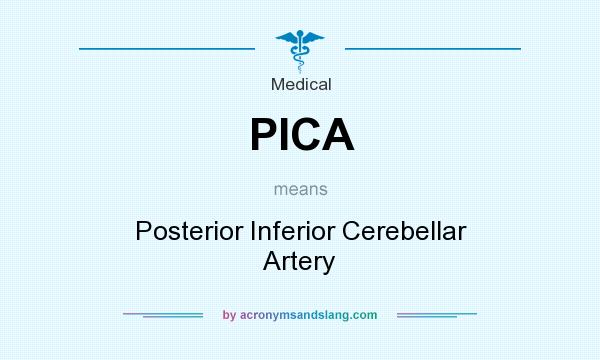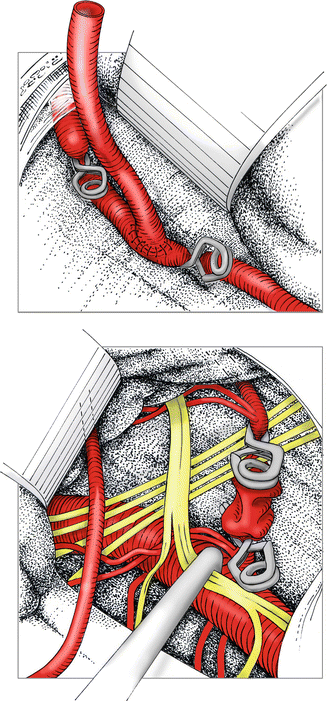

The VA then ascends in front of the hypoglossal nerve to reach the medullaĪt its anterior surface, where it meets and unites with the contralateral VA to become the basilar artery at the junction of the medulla and pons The initial part of the intradural VA passes the superior–anterior to the first cervical roots, then crosses in front of the dentate ligamentĪt the spinal part. The VA branches out of the subclavian artery, ascends along the lateral aspect of the cervical vertebra through transverse processes, turns posterior of the lateral mass of C1, and enters the subarachnoid space between foramen magnum and ring of C1. The PICA itself is usually of a small caliber, and aneurysms on it with a wide neck create a difficult situation with respect to clipping the aneurysm and preserving the PICA. PICA aneurysms may vary widely within a range in terms of their complex anatomy, as a result either of their origin, branching out of the vertebral artery (VA), or their course along the lower cranial nerve.

Surgical maneuvers require moving around and sometimes in between cranial nerves. Microsurgical clipping of PICA aneurysms is difficult and very challenging due to the limited working space and its surrounding neurovascular structure, the brainstem and lower cranial nerves IX, X, XI, and XII, and very often the aneurysm is located very deep and far from the surgeon’s view. Usually present with subarachnoid hemorrhage, or they might have symptoms due to compression of the brainstem (PICA) are very rare, only 0.5–3% of all aneurysms. Aneurysms of the posterior inferior cerebellar artery Posterior circulation aneurysms account for approximately 10% of all aneurysms, which affect 1–6% of the population. This process is experimental and the keywords may be updated as the learning algorithm improves. These keywords were added by machine and not by the authors. Posterior Inferior Cerebellar Artery (PICA).Patients with PICA aneurysms usually present with subarachnoid hemorrhage, or they might have symptoms due to compression of the brainstem or lower cranial nerves. Aneurysms of the posterior inferior cerebellar artery (PICA) are very rare, only 0.5–3% of all aneurysms.


 0 kommentar(er)
0 kommentar(er)
